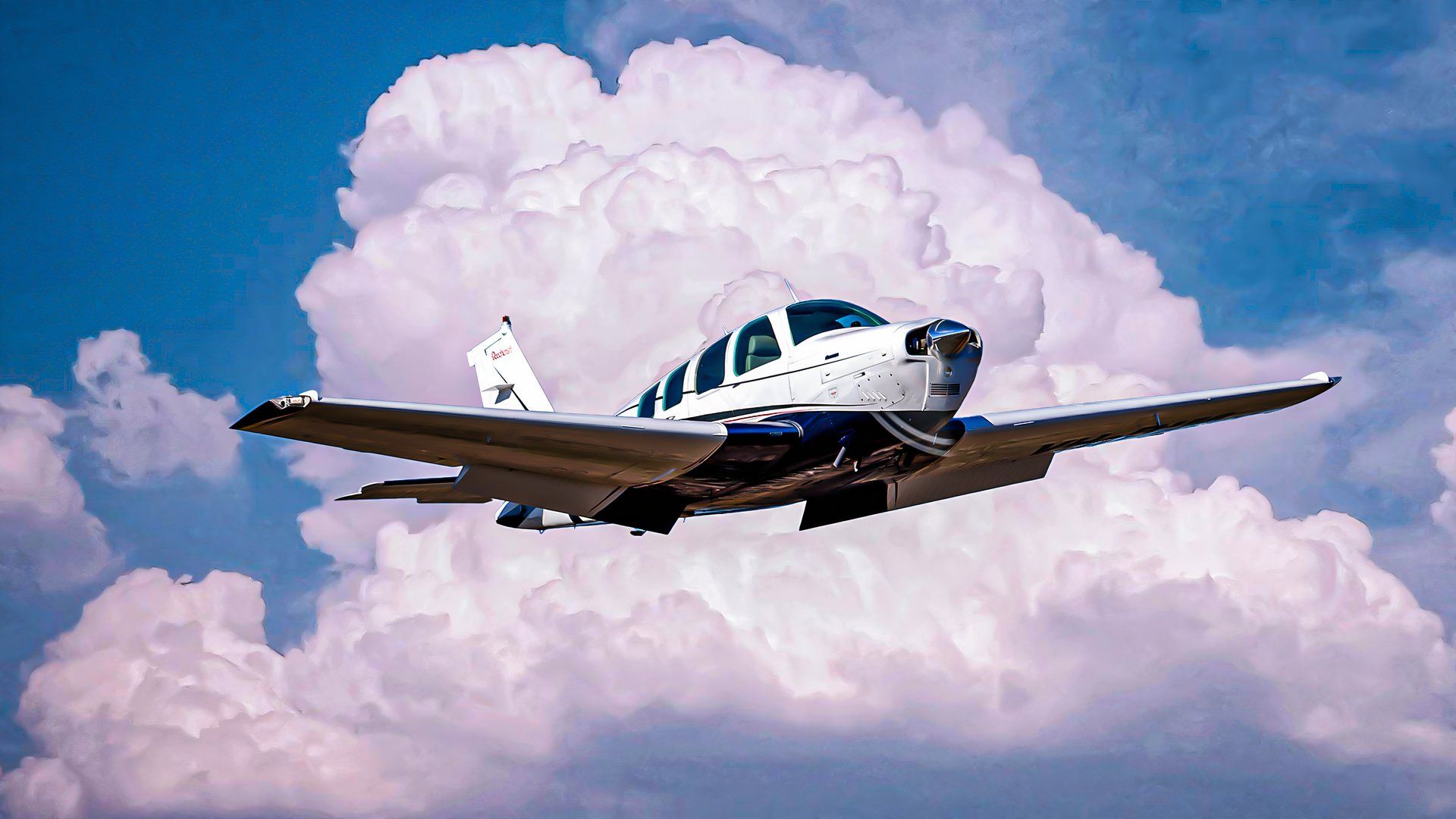Bonanza Airplane’s Influence in Private and Commercial Flight
The Bonanza airplane, known for its distinctive V-tail design, has been a cornerstone of private aviation since its introduction in the mid-20th century. Manufactured by Beechcraft, the Bonanza has left an indelible mark on both private and commercial flight, influencing aircraft design and aviation practices. This article explores the historical significance of the Bonanza and its lasting impact on aviation.
Bonanza Airplane: A Legacy in Aviation History

The Beechcraft Bonanza first took to the skies in 1947, quickly becoming a symbol of innovation in general aviation. Designed by Ralph Harmon, the aircraft was intended to fill the gap between military warbirds and commercial airliners, providing an efficient and reliable option for personal and business travel. Its introduction came at a time when post-war America was experiencing a boom in private aviation, driven by economic prosperity and advancements in technology.
One of the most distinctive features of the original Bonanza was its V-tail configuration, which set it apart from other aircraft of its time. This design choice was not only aesthetically unique but also functional, providing reduced drag and improved aerodynamic efficiency. The V-tail became synonymous with the Bonanza brand, earning it the nickname “forked-tail doctor killer,” a moniker that reflected both its popularity among affluent professionals and the controversies surrounding its handling characteristics.
The Bonanza’s legacy is also marked by its longevity and adaptability. Over the decades, the airplane has seen numerous iterations and upgrades, including the transition from the V-tail to a conventional tail design in later models like the Bonanza 33 and 36 series. This adaptability has allowed the Bonanza to remain relevant in an ever-evolving aviation market, cementing its status as one of the longest-running production aircraft lines in history.
Shaping Modern Private and Commercial Aviation

The influence of the Bonanza extends beyond its own production line, having set standards that impacted the broader aviation industry. Its emphasis on high performance, comfort, and innovative design inspired other manufacturers to prioritize similar attributes in their aircraft. The Bonanza demonstrated that private planes could offer a balance of speed, range, and luxury, setting a benchmark for future developments in general aviation.
In the realm of commercial aviation, the Bonanza’s impact is evident in the shift towards more efficient and capable aircraft for regional and business travel. The success of the Bonanza helped pave the way for small commuter airlines to consider utilizing aircraft that offered the versatility of both short-haul and long-distance capabilities. This versatility, combined with its relatively low operating costs, made the Bonanza an attractive option for charter services and corporate fleets.
Moreover, the Bonanza emphasized the importance of pilot training and safety protocols, addressing some of the challenges faced by early adopters of private aviation. Its prominence in the aviation community led to increased focus on pilot education and the development of advanced training programs, which have been crucial in reducing incidents and improving overall flight safety. By fostering a culture of safety and innovation, the Bonanza has not only influenced aircraft design but also contributed to the evolution of best practices in aviation operations.
The Bonanza airplane remains an iconic figure in the world of aviation, celebrated for its groundbreaking design and enduring influence. As a pioneer of modern private and commercial flying, it set new standards that have shaped the industry’s trajectory. While the aviation landscape continues to evolve, the legacy of the Bonanza endures, reminding us of the transformative power of innovation and the timeless allure of flight.



